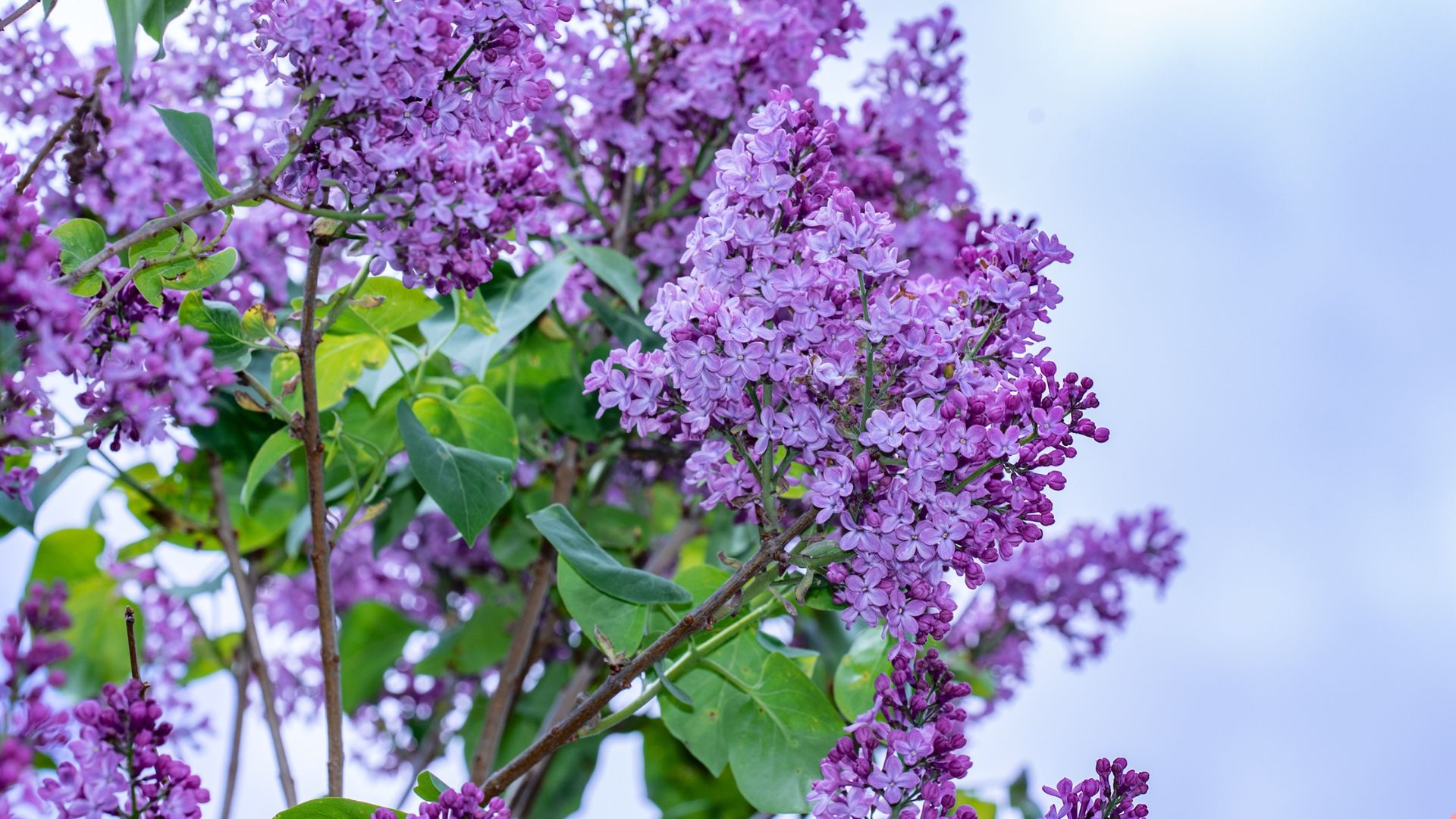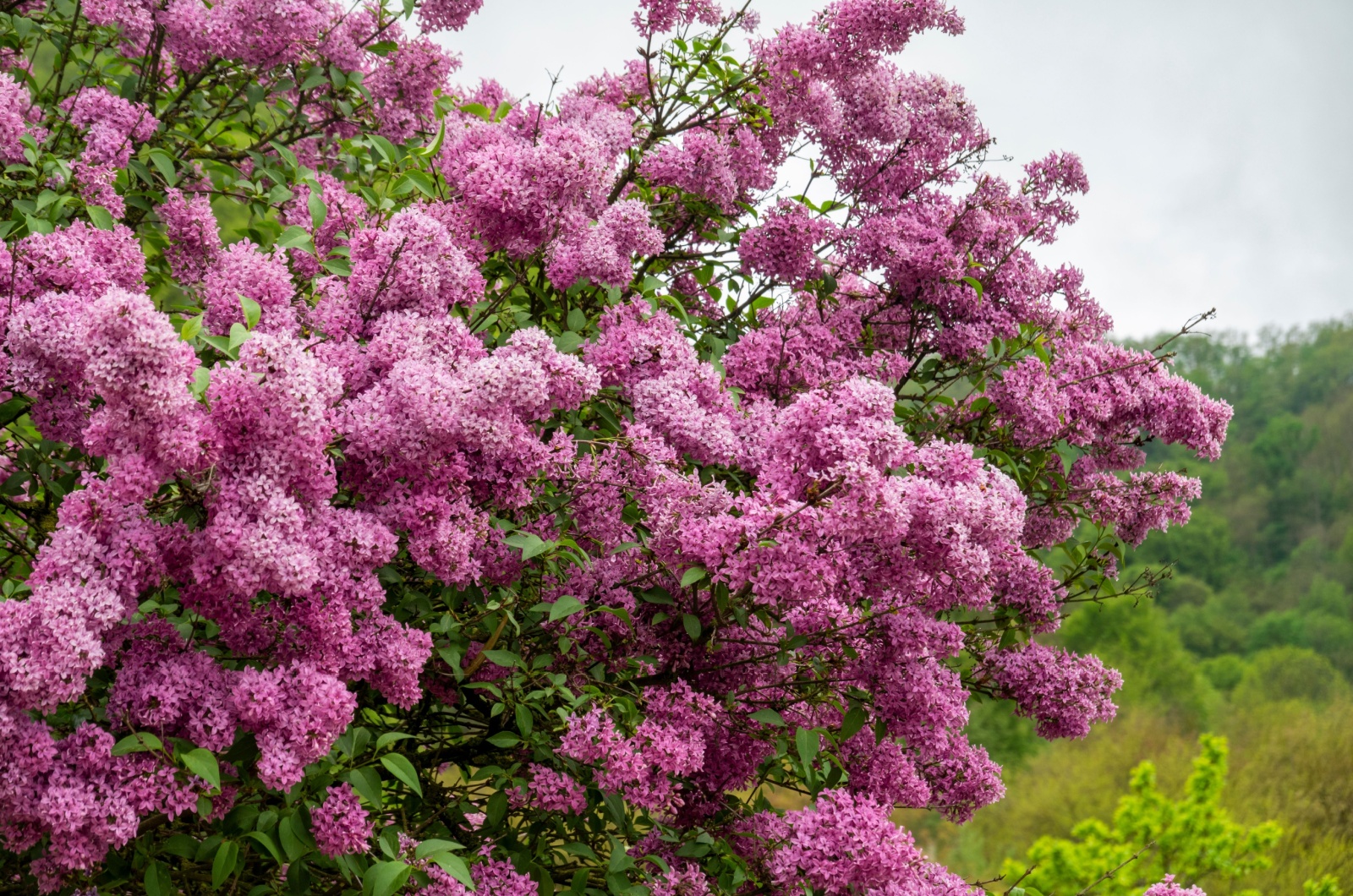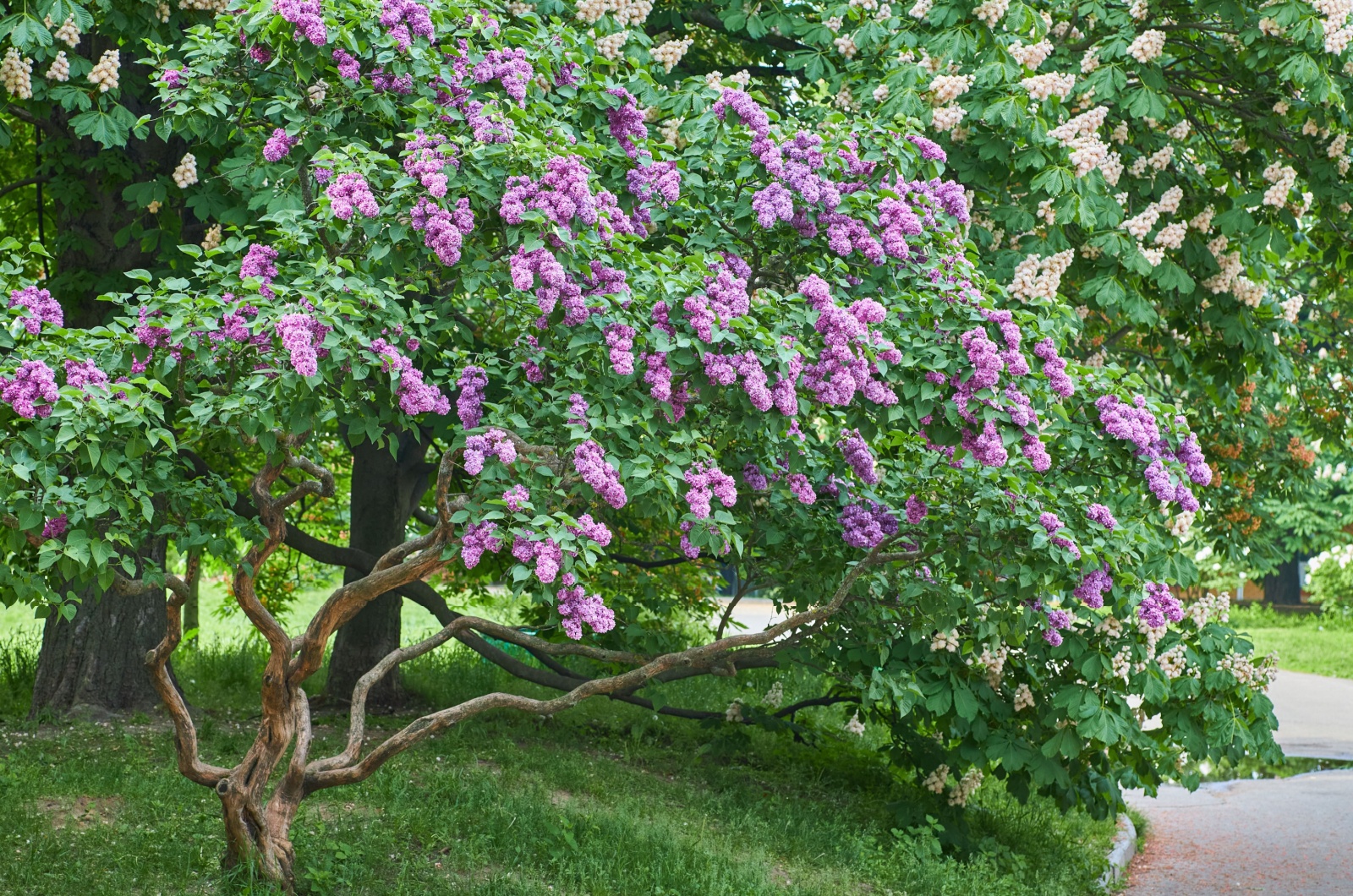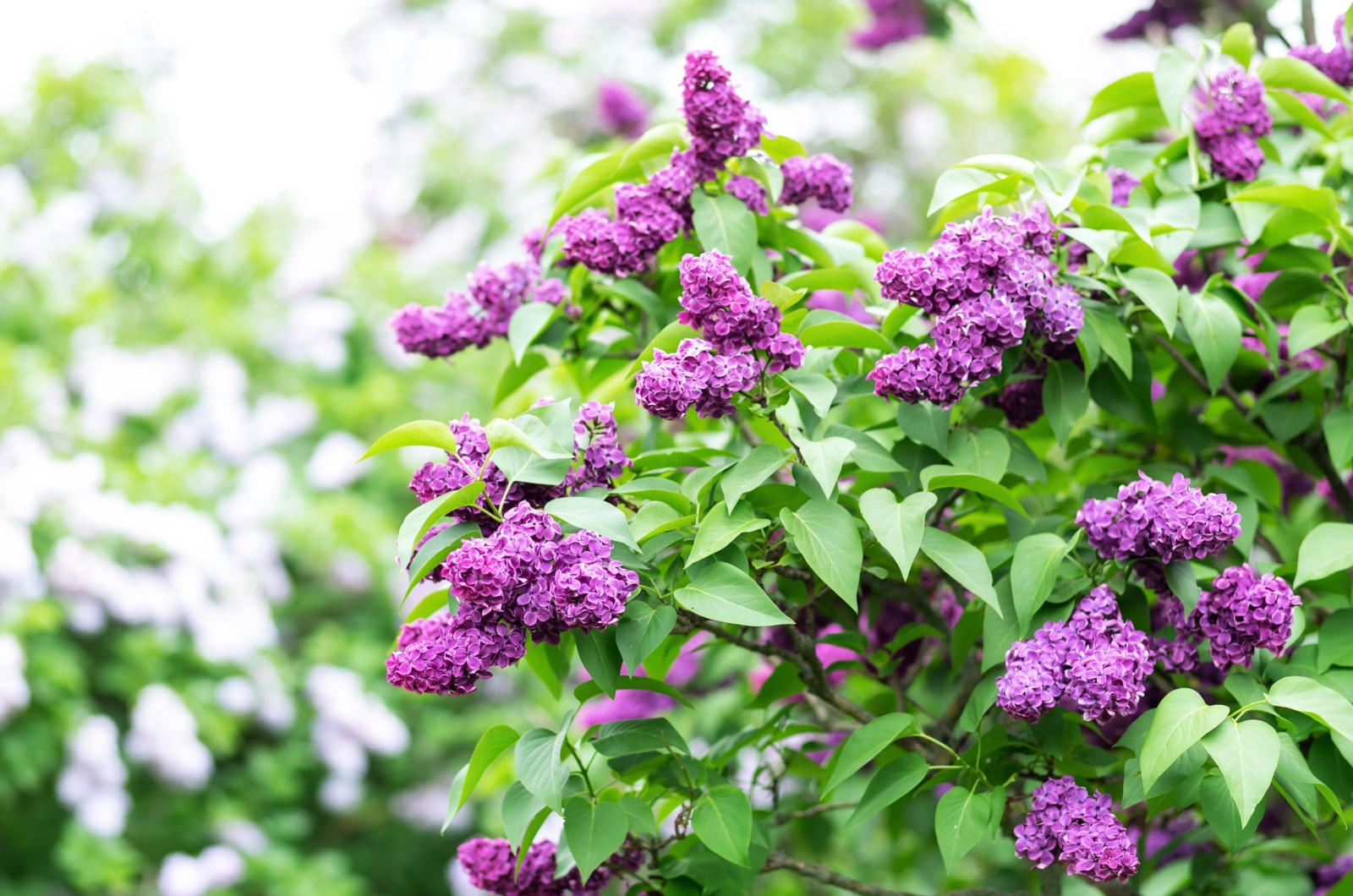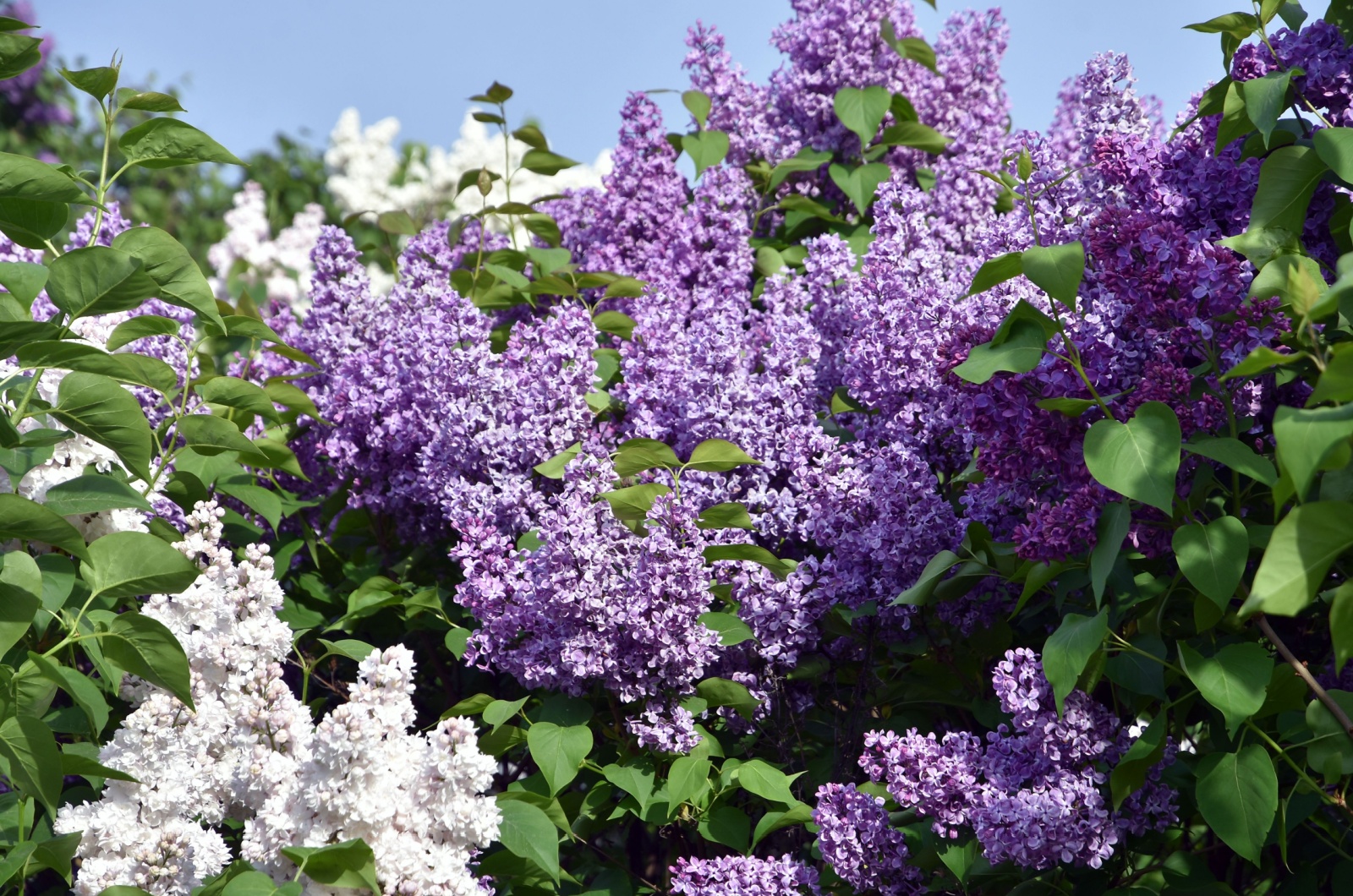Picture this: You’re enjoying your morning coffee when – bam – a flash of color and a flurry of wings. You look up, and your yard is hosting a bird party. Sounds dreamy, right?
That’s exactly what happened when I planted this flowering bush. I was just looking to add some color, but soon enough, it became the hottest spot for birds in the neighborhood. Now, they keep coming back, making my garden livelier than ever!
If you’re ready to turn your yard into a birdie haven, I’ve got the perfect flowering bush that’ll do all the work!
It’s All About Growing Flowering Bushes
Creating a bird paradise in your backyard doesn’t require complicated birdhouses or fancy bird feeders. Sometimes, the simplest solution is just adding the right plants.
I figured this out when I went all out with birdfeeders but still couldn’t get those elusive backyard birds to hang around.
Turns out, birds aren’t just interested in a quick snack. They’re looking for homes, food, and a little privacy (who knew?). That’s why I decided to grow a lilac bush – my new feathered friend magnet.
Birds Are Crazy About Lilacs
Let’s talk about lilacs. These flowering shrubs aren’t just pretty; they’re practically a 5-star hotel for birds.
Not only do they add vibrant color and a sweet fragrance that’s basically spring in a bush, but lilacs offer year-round support for birds, bees, and even butterflies.
When I planted my lilacs, it attracted all sorts of guests. I’ve seen blue jays take refuge in them, robins building nests inside the branches, and hummingbirds stopping by for a nectar snack.
They Absolutely Adore Lilacs’ Strong Branches
One of the reasons lilacs are such a great choice for bird habitats is their sturdy branches. These shrubs can handle larger birds like blue jays, who prefer a little more space and stability than your average finch.
I first realized this when I spotted a robin’s nest tucked deep within one of my lilacs, and I couldn’t help but feel like I was running a Bed & Breakfast for birds.
The insects that lilacs attract also provide a steady food source for birds, making this bush a win-win. It’s not just about looking good – it’s about providing a comfortable, safe haven.
Plant Multiple Lilac Bushes For More Coverage
Birds love dense foliage, so planting more than one lilac bush creates an even better shelter and nesting area.
A cluster of bushes forms a mini bird sanctuary, offering more hiding spots from predators and stronger protection against harsh weather. If space allows, plant different varieties to extend the bloom season and attract even more birds.
Avoid Harsh Pruning To Preserve Nesting Spaces
While lilacs benefit from occasional pruning, cutting them back too much can eliminate nesting areas and reduce the natural cover birds rely on.
Trim after flowering to maintain shape but leave enough thick branches for birds to perch and hide. This ensures your lilac bush remains a safe haven without disrupting its role as a natural bird shelter.
Just Make Sure You Take Good Care Of Your Lilacs
Now, if you’re like me and want to make sure your lilacs aren’t just “decorative”, there are a few key things to keep in mind.
Lilacs prefer well-drained soil and plenty of sun (think about their natural woodland habitat), so make sure you’ve got the right conditions before you plant.
A common mistake when growing lilac bushes is picking the wrong variety for your area. Keep looking to find the one that can grow in your climate!
Once you get the right variety in the right spot, these bushes will thrive – and so will your bird friends.
Whether you have a small yard or a big garden, lilacs come in various species and colors to fit any space. With a little planning, you’ll soon be welcoming birds to your backyard for the long haul.

